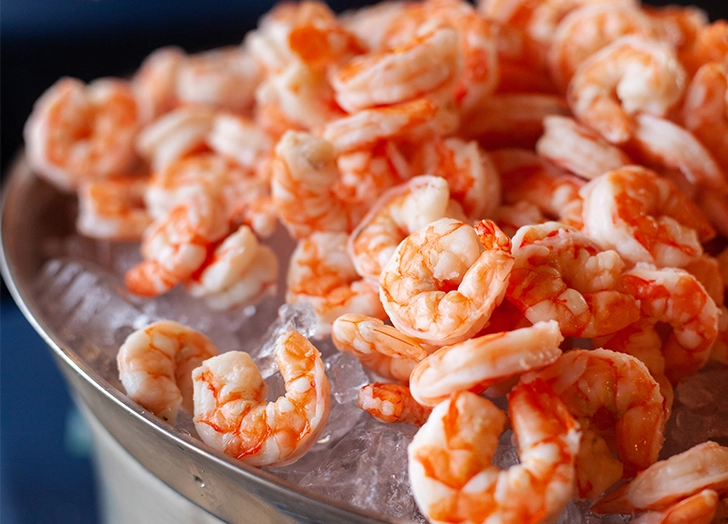
The delicate nature of fish and seafood necessitates extra caution and attention during cooking. It may seem like a hassle to extract the comparatively meager amounts of meat found inside their shells. However, the journey itself is a lot of fun, especially when done with family and friends, and when you do find the treasure, it is all the sweeter for your diligent efforts.
Sea creatures have much softer muscles and less connective tissue compared to their land-based counterparts, making it simple to overcook them and spoil their flavors and textures. Although cooking temperatures and times for fish and seafood are typically lower than those for meats and poultry, you can employ the same methods.
Cooking shellfish
According to kitchen experts at Milwalky Trace, you can prepare most shellfish by following similar rules and any of the fundamental fish cooking methods. However, because shellfish often has more connective tissue, it will harden when cooked. Smaller mollusks and crustaceans will be more delicate than larger ones. In any situation, utilizing gentler, slower cooking techniques with short cooking times will produce moist, tender food.
- Because they can become dry and rubbery if overcooked, crustaceans should only be cooked briefly.
- Simmering, sautéing, grilling, poaching, and steaming are standard methods for preparing shrimp.
- You can poach, steam, grill, broil, sauté, and broil lobsters.
- Most crab meat is usually cleaned and cooked, so you can utilize it in various recipes, such as simply re-heating the crab legs or making crab cakes and stuffing. In the case of soft-shell crabs, the fresh crab can be sautéed or deep-fried in addition to being steamed.
- In addition to being eaten raw, oysters can be deep-fried, roasted, or added to soups and stews.
- When an octopus is pounded or tumbled, the flesh becomes more sensitive. Braising, simmering, or steaming are other methods for tenderizing the fish.
- When cooked just enough, mollusks will be chewy but tender, but overcooking can cause them to become tough. They require a prolonged cooking time, much like meat, to become tender again.
- Chowders, soups, and stews all contain clams. You can eat smaller clams uncooked or steamed, and you can simmer, braise, or deep-fry larger clams. Typically, the giant geoduck is pounded until delicate before being thinly sliced.
- Common preparations for mussels include steaming, stewing, and frying.
Helpful tips
- After pan-searing on the stovetop, baking or roasting is a quick and easy technique for cooking fish. Occasionally sprinkle paprika on the surface of the fish because it often does not get much color during the procedure. You can also improve the fish’s color, flavor, and texture with herbs, spices, bread crumbs, or nut crusts.
- You should use a slightly lower temperature while adhering to the fundamental guidelines for grilling meat and poultry when grilling or broiling fish. Ensure you season and oil the fish before starting the process. Use firm fish and shellfish that can withstand heat and won’t disintegrate once grilled.
- You can coat the fish with flour, breadcrumbs, or cornmeal and pan-fried for a crisp texture when panfrying.
The takeaway
Learn the texture and telltale signals of perfectly cooked but not overdone shellfish.








